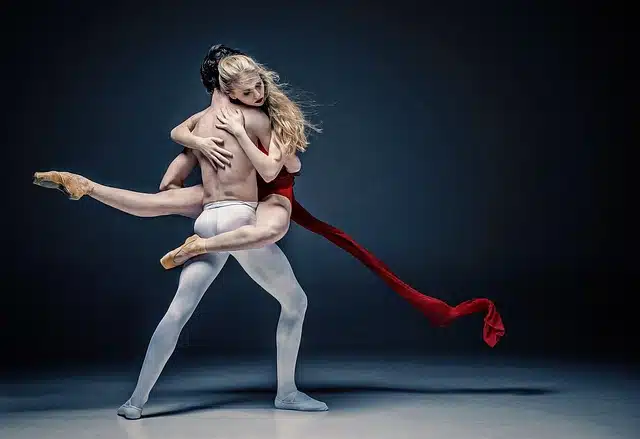
Contemporary dance is a style of classical ballet.
Before entering fully into the definition of the term contemporary dance , it is necessary to proceed to discover the etymological origin of the two words that give it shape:
– Dance , first of all, comes from French. Specifically, it emanates from danser , which can be translated as “to dance.”
– Contemporary , secondly, derives from Latin, more precisely from contemporaneus , which is the result of the sum of three well-defined components: the prefix con- , which is synonymous with “together”; the noun tempus , which means “time,” and the suffix -aneo , which is used to indicate relationship or belonging.
What is contemporary dance
The act of dancing is called dance , which can be developed in multiple ways. The contemporary , on the other hand, is that which is part of the time in which one lives.
The idea of contemporary dance , in this framework, refers to a style of classical ballet that grants greater freedom to the dancer. This type of dance emerged at the end of the 19th century as a reaction to the more rigid characteristics of classicism.

Contemporary dance is also known as modern dance.
Main features
In contemporary dance, the dancer expresses himself through the techniques of classical ballet but incorporating other more modern body movements. That is why this style is known as contemporary dance or modern dance .
The mixture of multiple influences is one of the main characteristics of contemporary dance, which can include forms of narration that are not linear and can even rely on multimedia tools to complement the choreographies.
While classical dance is based on structured and already codified steps, contemporary dance leaves room for innovation and allows the dancer and choreographer to exploit their creativity . Transgression, in this sense, is considered a positive value, unlike what happens in classical ballet.
Specialists distinguish between the American school and the European school of contemporary dance. At the same time, they mark the existence of different generations that modified the precepts.
References of contemporary dance
The American choreographer and dancer Isadora Duncan , born in 1877 and died in 1927 , is often noted as the founder of contemporary dance. Self-taught, he moved away from classical ballet by incorporating movements linked to expressionism.
However, we cannot ignore that, in addition to Duncan , there are other international figures who also left their mark on contemporary dance and who contributed to giving it the characteristics it has.
We are referring, for example, to figures of the stature of the choreographer and dancer Doris Humphrey (1895 – 1958) or Martha Graham (1894 – 1991). The latter, who was also a dancer and choreographer, is considered to have left as important a mark on contemporary dance as Stravinsky did on music or Pablo Picasso from Malaga on the visual arts.
However, other names could be added to these women, such as those of the teacher and dancer José Limón , the producer and dancer Marie Louise Fuller , the choreographer and dancer Paul Taylor , the dancer and choreographer Kurt Jooss or Vera Skonel , among many others.
